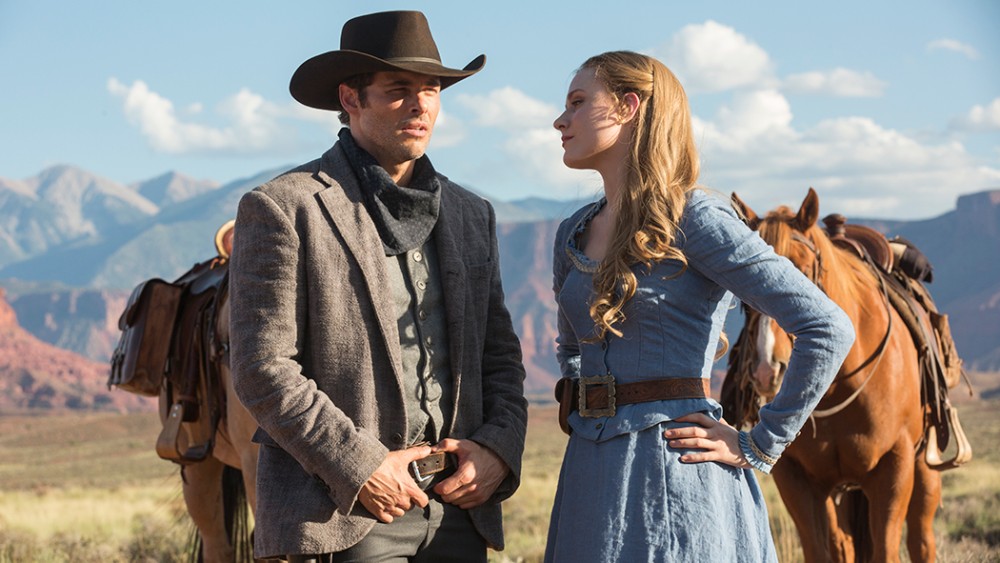Robots of the West
Westworld’s claim is that memory leads to consciousness, which leads to violence.

I was trying to explain the new HBO drama Westworld to a friend. “It’s about human consciousness,” I said. “And about whether or not memory leads to new possibilities or only traps us in cycles of violence. And there are really interesting things going on with the whole western fantasy setting.”
“Wait,” she interrupted, “is that the cowboy robot one?”
Westworld takes place in a futuristic western fantasy theme park where the extremely wealthy pay to interact with “hosts”—lifelike robots who mimic human sentience by enacting elaborate narrative “loops” with room for improvisation. Guests have permission to do just about anything they like to these hosts, who cannot seriously harm them in turn. The result is horrific violence. After every encounter, the park’s creative team wipes the robots’ memories, so they can start the loop again.





